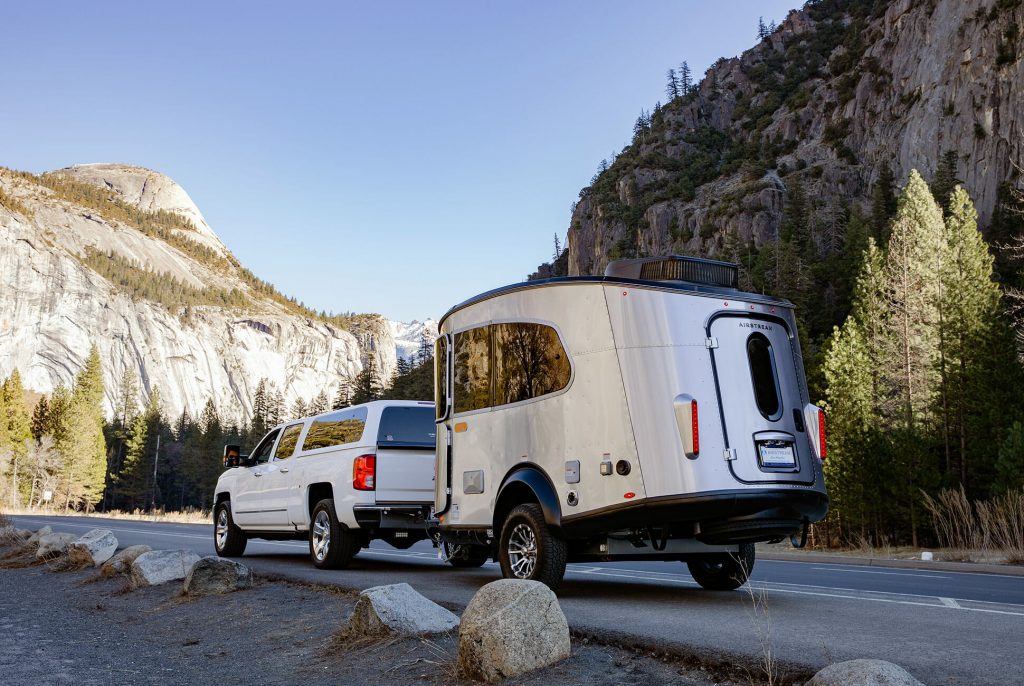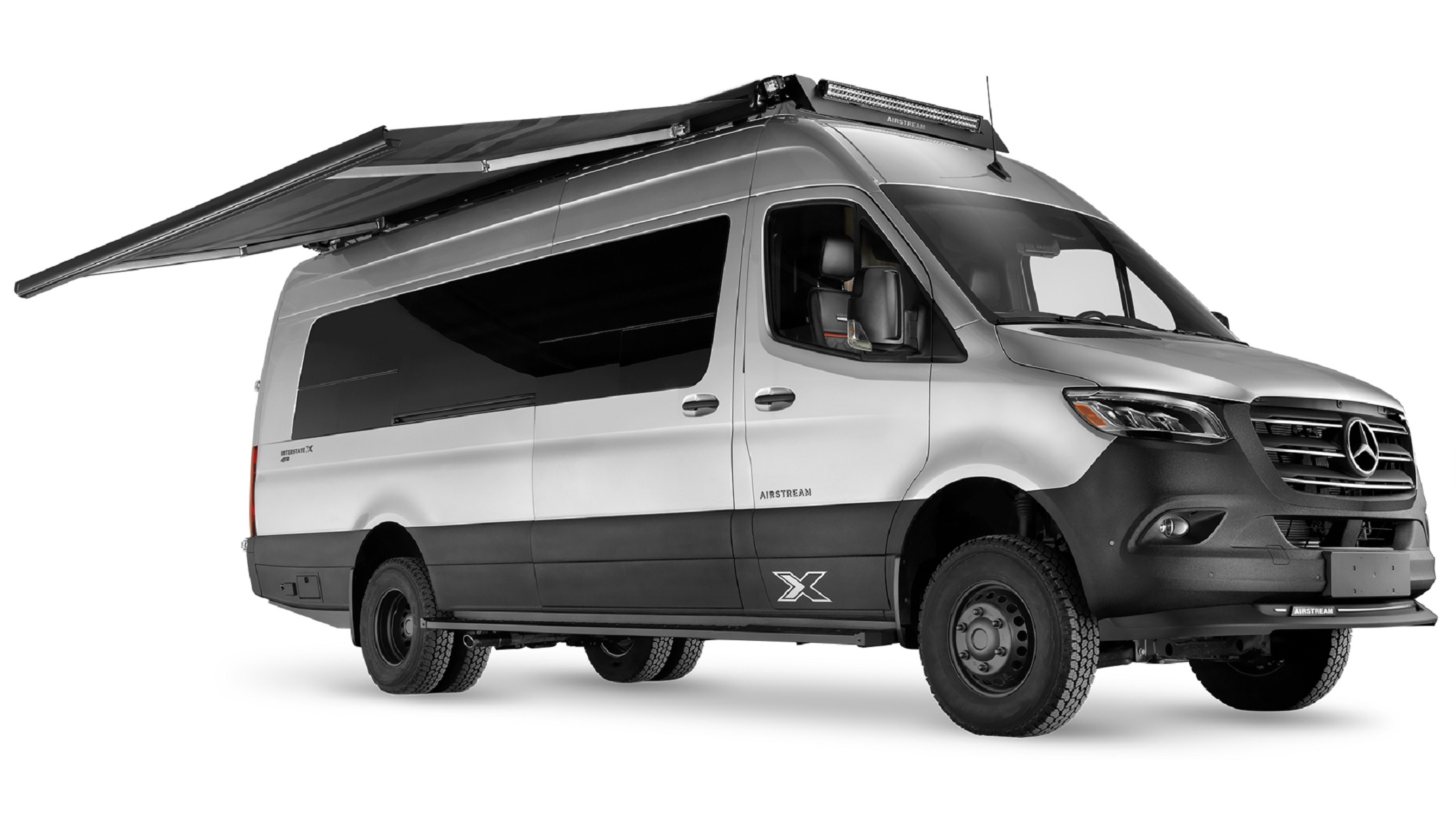

It’s the rear end of a trailer, with taillights and a bumper, chopped off at stomach level. It’s a bar-a basement or patio entertainment center. Yet, we’ve just launched a new Airstream product that isn’t even an RV. Many years ago, we launched a product some people called the “Squarestream.” It was an absolutely beautiful trailer. To attract new buyers, we have to test boundaries, and sometimes we’ve pushed the boundaries too far. Our ability to innovate certainly requires us to balance the expectations of faithful, longtime customers with the desires of new customers. The fact is, our brand mystique can breed an insular and sometimes narrow-minded view of what makes an Airstream an Airstream. But which are most important? Is it the consistent shape and color of the product? Or the Airstream community itself? As we challenge authenticity, we determine the constraints on innovation at Airstream. If authenticity is so important to customers, how do you decide what’s authentic?Īuthenticity is the sum of a lot of attributes. Fixing a problem is a great opportunity to forge a relationship with a customer. If they have problems with the product, we work hard to resolve them. People drive their Airstreams back to company headquarters in Ohio for service from Florida, California, and everywhere in between, and we talk to them about their experiences while I cook the hamburgers and hot dogs. Every Wednesday evening during the summer, for example, I host a customer cookout. We do some of this through traditional methods like surveys and Web chat rooms, but we solicit a lot of feedback informally at rallies and other community-based activities. If I were just giving lip service to the Airstream way of life and weren’t passionate about it myself, the customers at these rallies would sense it immediately. At the Vermont rally, I lived in a trailer for the six days I was there. Let them down, and they’ll never forgive you. They have high expectations, and they demand authenticity. Airstreamers are a very loyal and demanding community. We have to be approachable as a company, and I try to embody that spirit as its president. How does the company tap into this community of owners? I just came back from a customer rally in Vermont that 5,000 Airstreamers attended. They’ll travel across the country to join rallies with fellow owners. Airstream owners have a very strong sense of belonging. They also appeal in a very basic way to people’s love for the nomadic way of life, on the one hand, and to their sense of community, on the other.

People have an emotional response to them.
#Airstream or airstreamer skin#
Let me ask you a question: Have you ever placed your hands on the skin of an Airstream trailer? There is something about the aerodynamic shape, the silver color, the rivets. Following are edited excerpts of their conversation.Īirstream trailers are, basically, aluminum eggs on wheels. HBR’s Gardiner Morse spoke with Riegel about Airstream’s iconic status and growing cachet. In the past 18 months, Airstream’s growth has outpaced the industry overall. Since Thor Industries acquired the company in 1980, Airstream has generated consistent profits selling its premium-priced trailers (top-of-the-line models retail for $80,000). Since the archetypal Airstreams first appeared in the 1930s, the immutable aluminum trailers have attracted a loyal, demanding customer base that cuts across demographic lines-from the legions of mainstream-American vacationers to elite customers like Jack Kennedy (he used one as a mobile office), NASA, Buckminster Fuller, and Tom Hanks. As Airstream’s president and CEO, Riegel must gingerly innovate a product line that thrives, in part, because it delivers on its promise to be genuine. Dicky Riegel invents the authentic it’s his job.


 0 kommentar(er)
0 kommentar(er)
